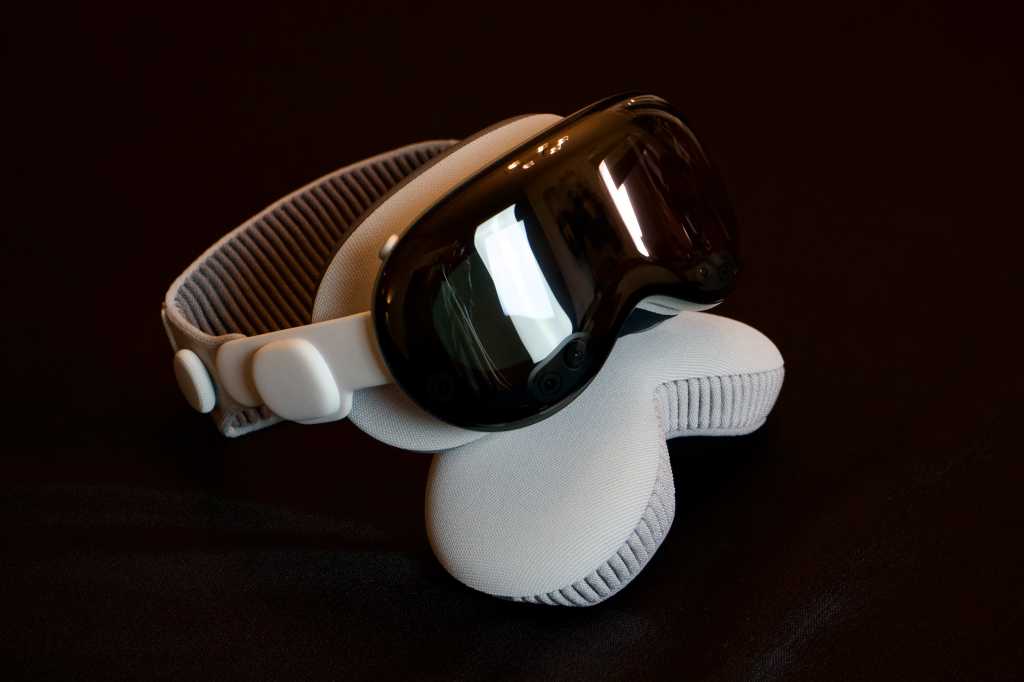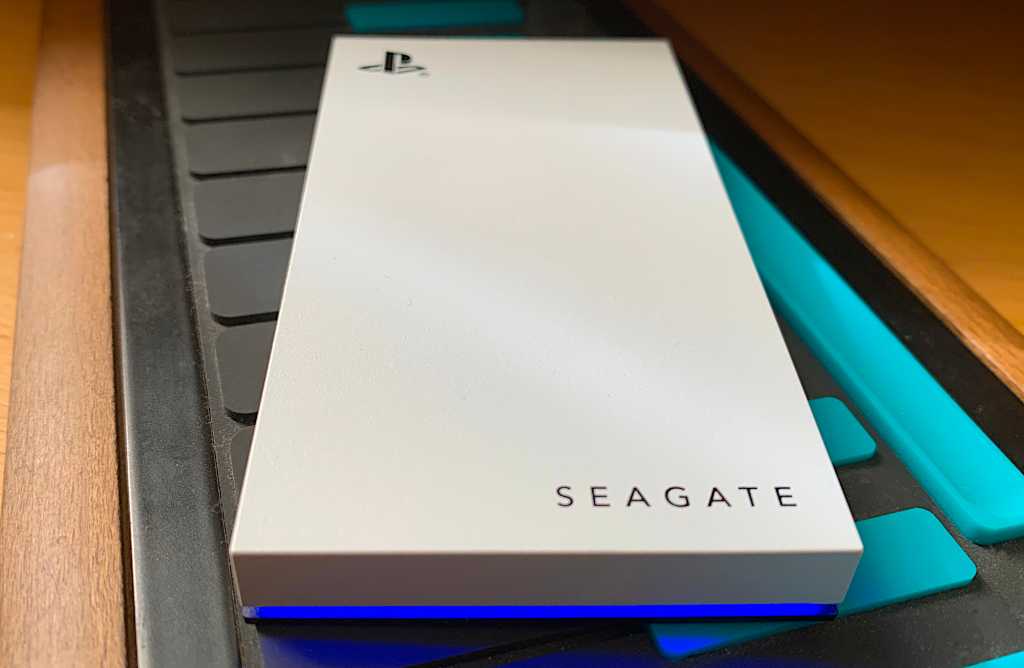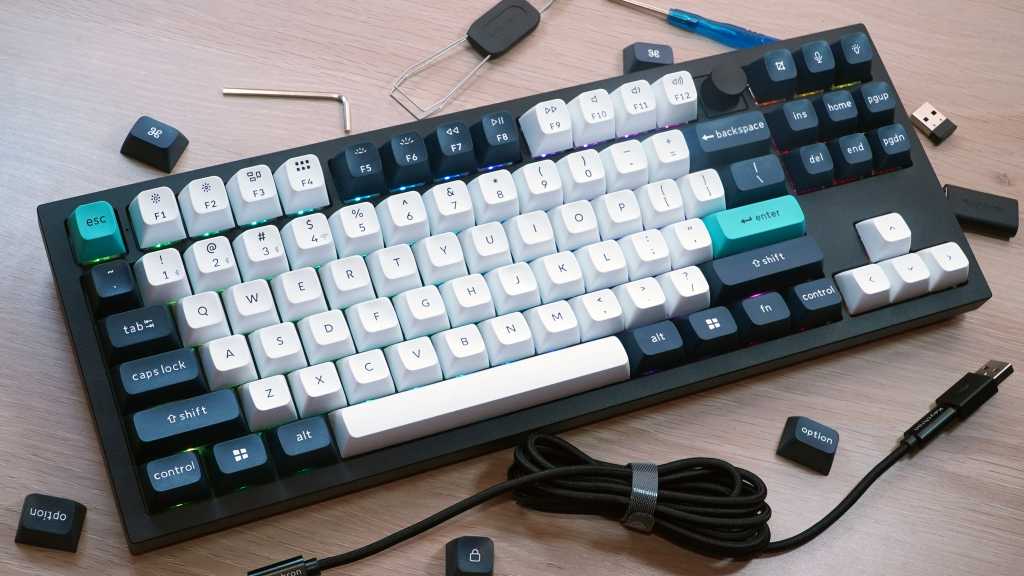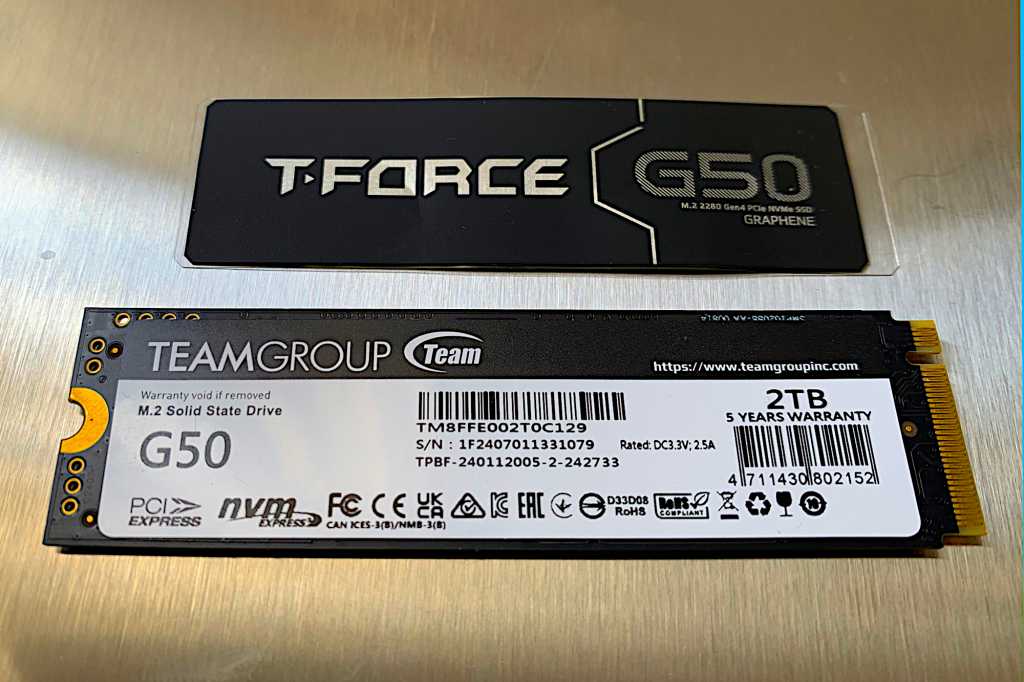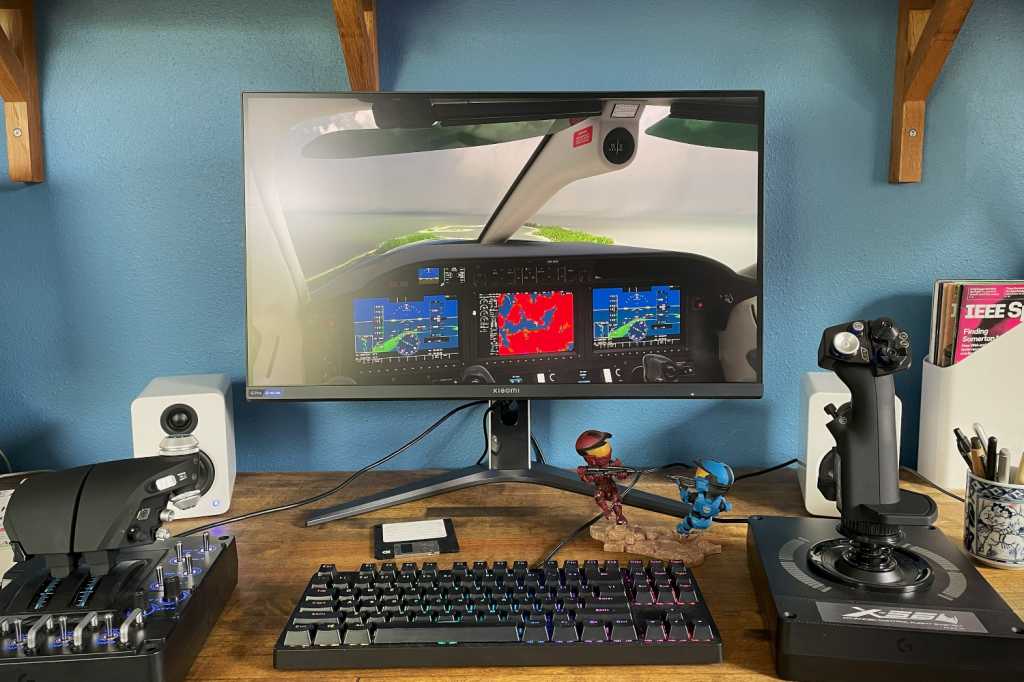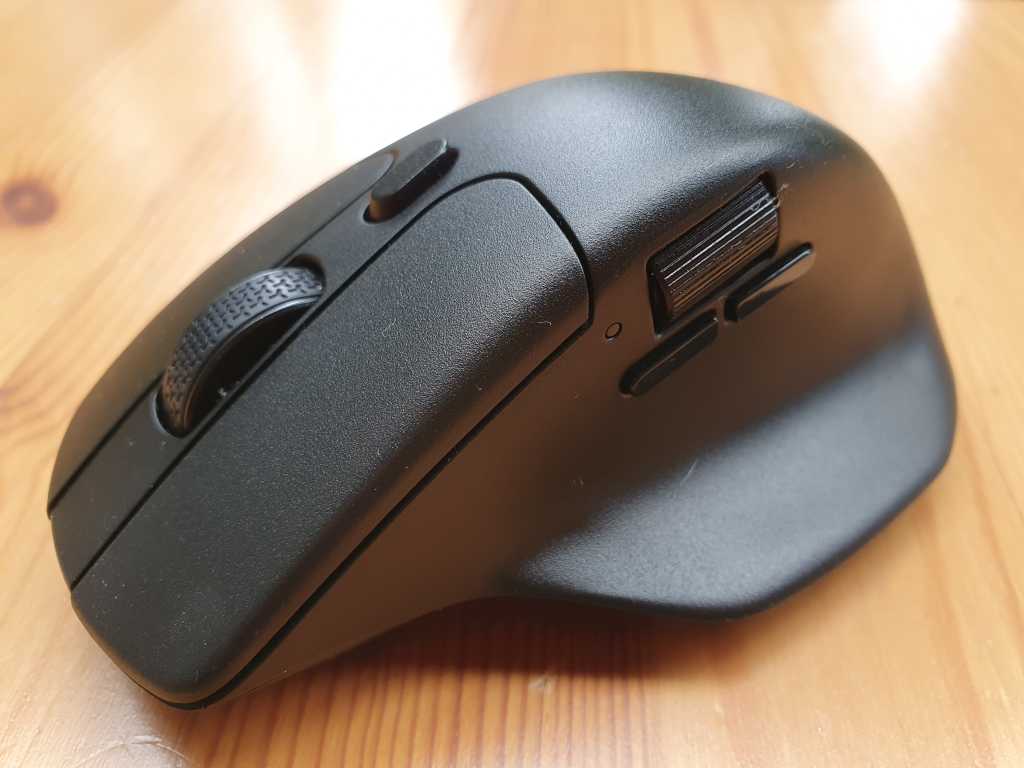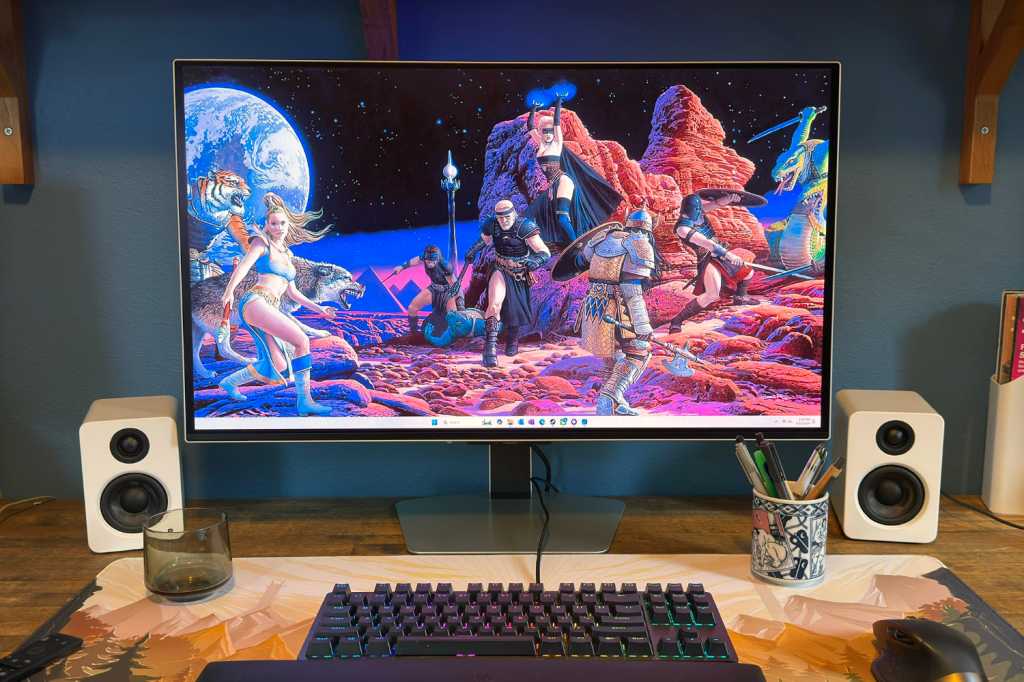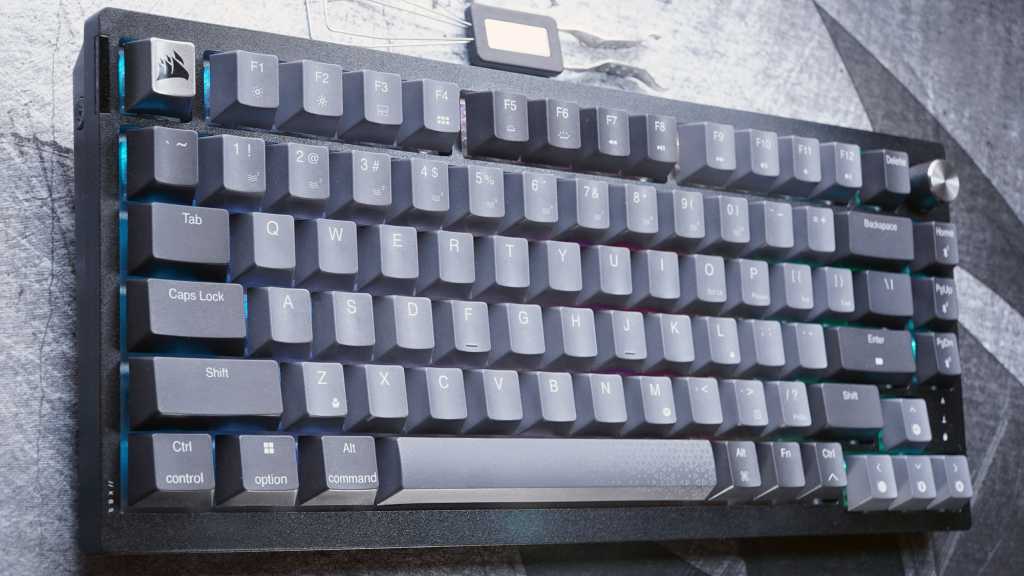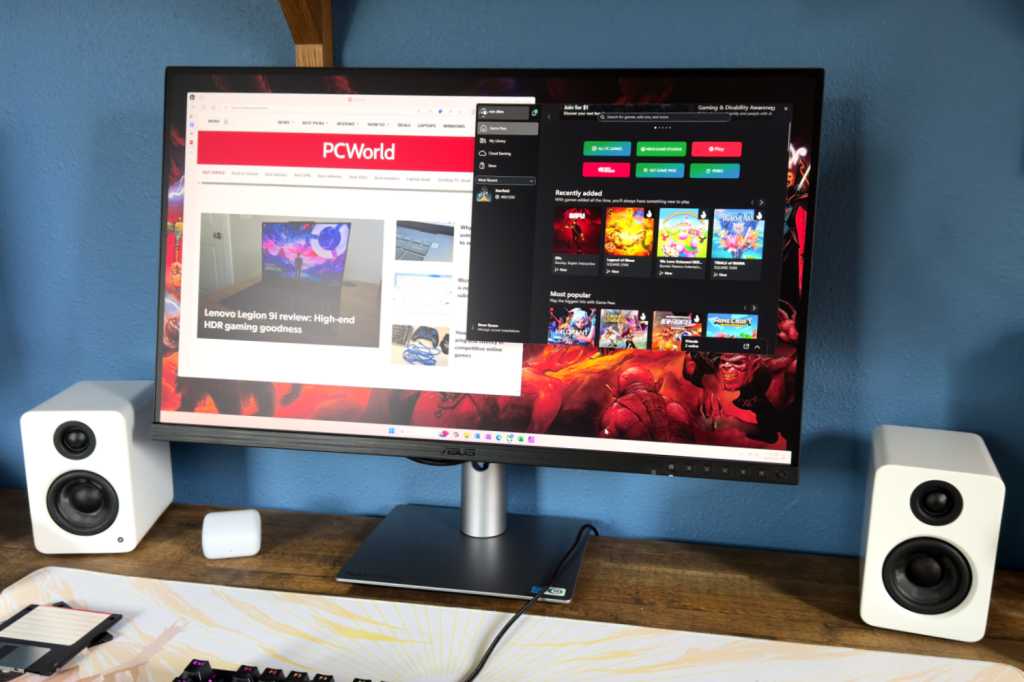Apple’s Vision Pro, a VR headset boasting pass-through video, hand and eye tracking, aims to be more than just another VR headset. It strives to be a spatial computer, hinting at the future of computing. After extensive use, one recurring thought persists: “This is going to be great…one day.” However, that greatness feels perpetually just out of reach. While offering glimpses of its potential, the Vision Pro currently struggles to justify its hefty price tag for anyone beyond the most ardent early adopters.
Impressive Hardware, Yet Limiting Design
Videos and screenshots fail to capture the true Vision Pro experience. Apple’s micro‑OLED displays deliver stunning fidelity, color depth, and dynamic range, eliminating the screen door effect. The “look and pinch” interaction, while technically impressive, feels restrictive compared to multitouch interfaces. Locking your gaze to operate elements is counterintuitive and takes getting used to. While precise, it feels like an early iteration of a more fluid future interaction model.
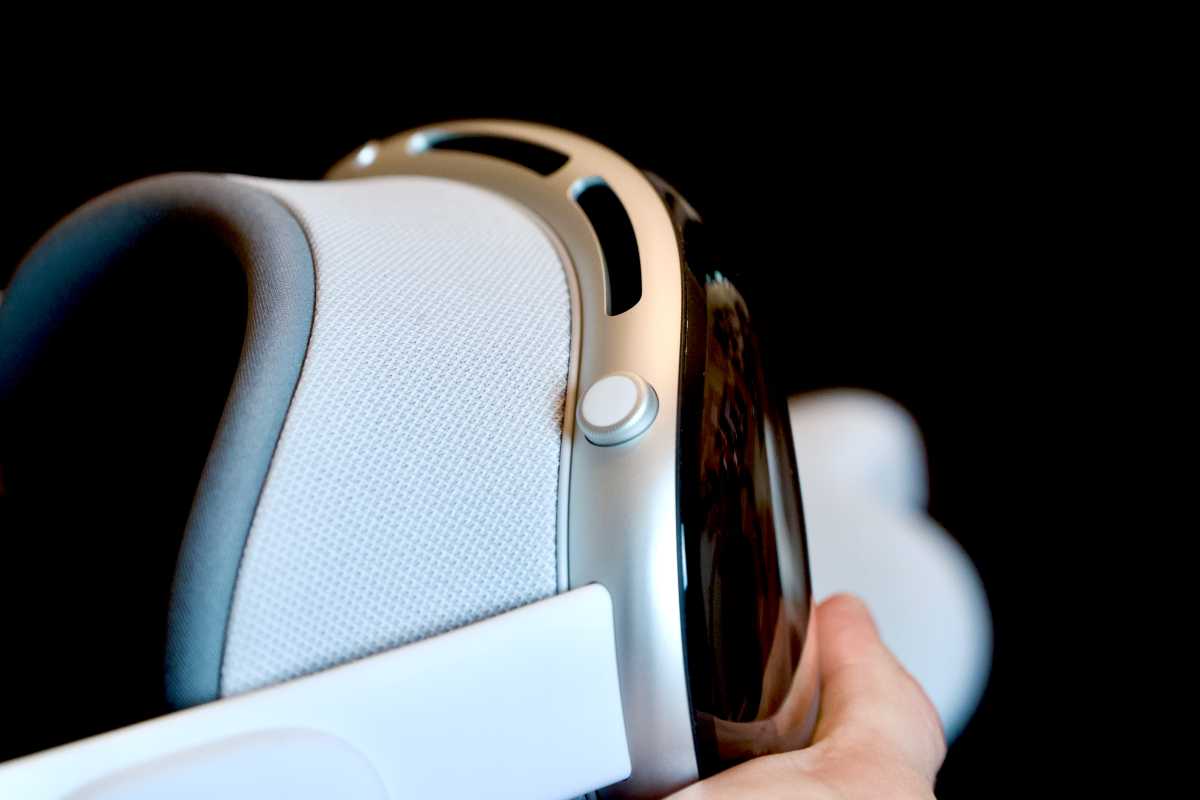 Vision Pro Digital CrownApple’s signature Digital Crown finds its way onto the Vision Pro, raising questions about its potential future on the iPhone.
Vision Pro Digital CrownApple’s signature Digital Crown finds its way onto the Vision Pro, raising questions about its potential future on the iPhone.
Pass-through video, while the best in its class, still falls short. Image quality degrades in typical lighting conditions, requiring brighter environments for optimal fidelity. The integrated speakers provide surprisingly good sound quality with spatial audio support, though AirPods Pro offer a more private listening experience. The dual-band strap distributes weight effectively, but the magnetic light seal attachments feel insecure. The headset’s weight, while manageable, is concentrated at the front, requiring significant pressure from the strap. Apple’s preference for aluminum and glass adds to the premium feel but also contributes to the weight. The glossy front surface hinders visibility and diminishes the effectiveness of the EyeSight feature, which doesn’t quite live up to its promise. The external battery pack, while a practical solution for weight distribution, underscores the need for future integration. Finally, the lack of data input ports, except for a developer-specific USB-C option, limits connectivity.
Software: Early Stages and Growing Pains
The software ecosystem is in its infancy. Despite Apple’s vast software experience, the Vision Pro’s apps and interfaces feel surprisingly limited. Most apps resemble floating iPad windows, lacking the robust functionality of their Mac counterparts. Third-party apps are primarily iPad ports, with a limited number of visionOS-specific apps. These often feel rushed, buggy, and underutilize the spatial capabilities of the device.
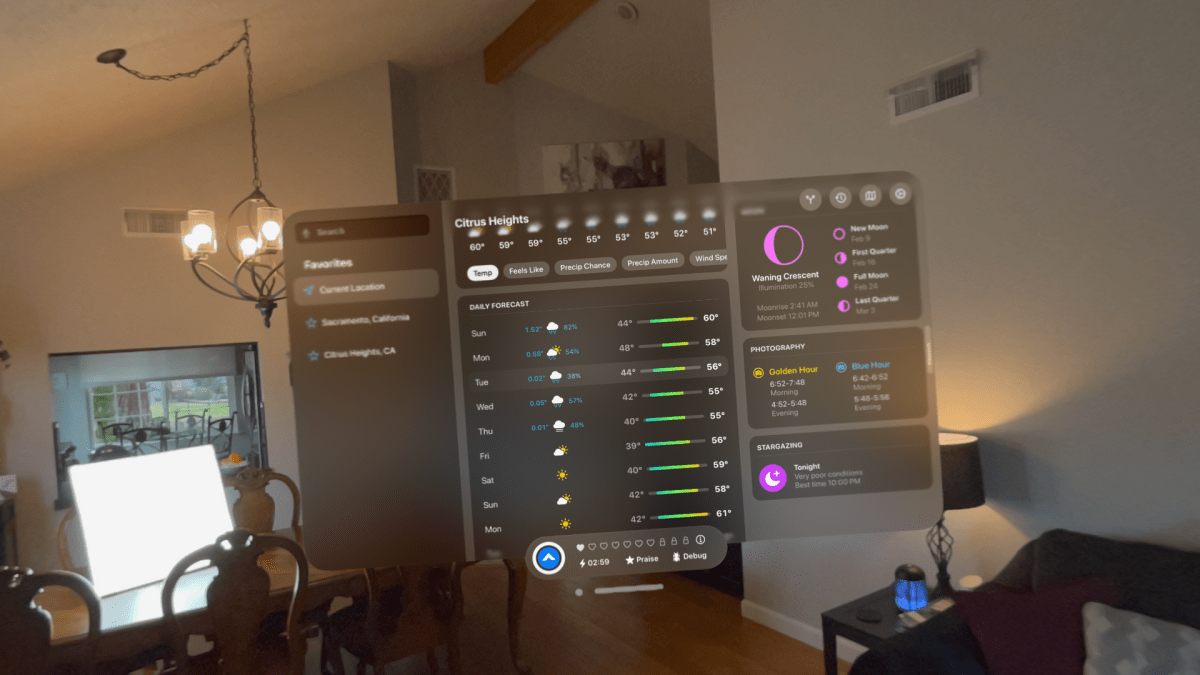 Carrot Weather Vision ProCarrot Weather, despite being a “spatial” app, doesn’t offer much beyond its iPad or Mac versions.
Carrot Weather Vision ProCarrot Weather, despite being a “spatial” app, doesn’t offer much beyond its iPad or Mac versions.
While the visual integration of floating windows into the real world is impressive, their anchoring to the environment rather than the user creates challenges. Managing multiple apps quickly becomes cumbersome, highlighting the absence of window management features like Mission Control or Stage Manager. The Home View’s fixed app layout and alphabetical-only organization are frustratingly inflexible.
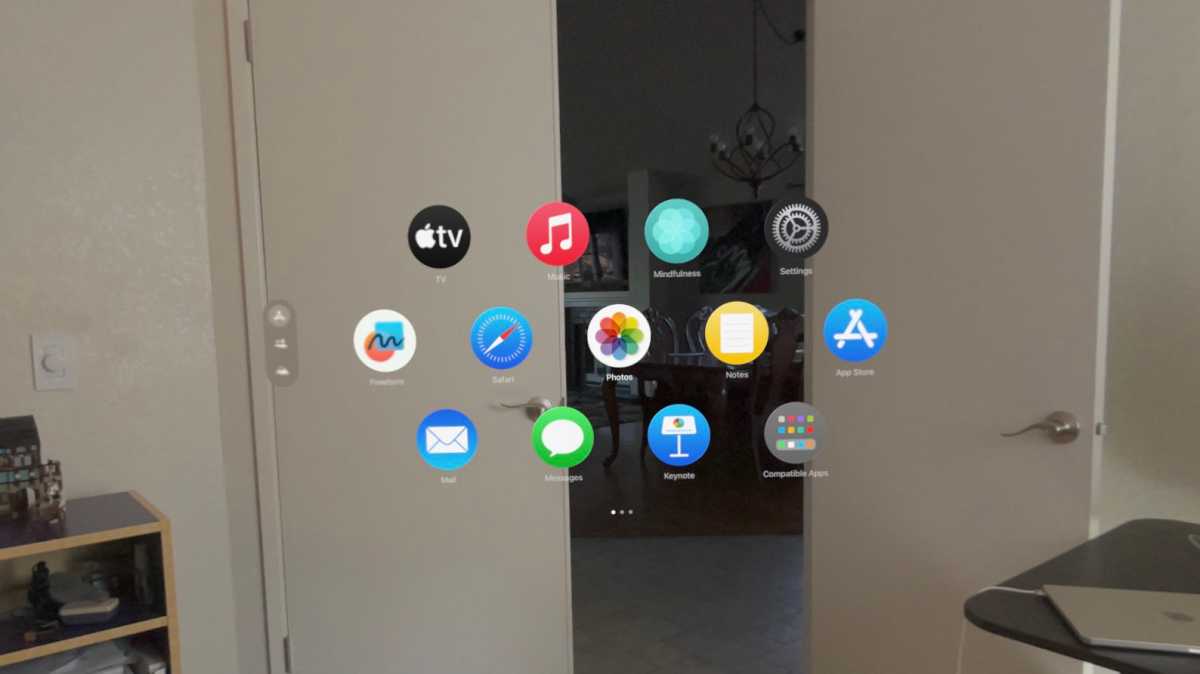 Vision Pro Home ViewThe Home View interface requires a significant overhaul in future visionOS updates.
Vision Pro Home ViewThe Home View interface requires a significant overhaul in future visionOS updates.
Despite these limitations, the potential of placing apps in physical space is undeniable, hinting at a future where digital tools seamlessly integrate into our real-world environments.
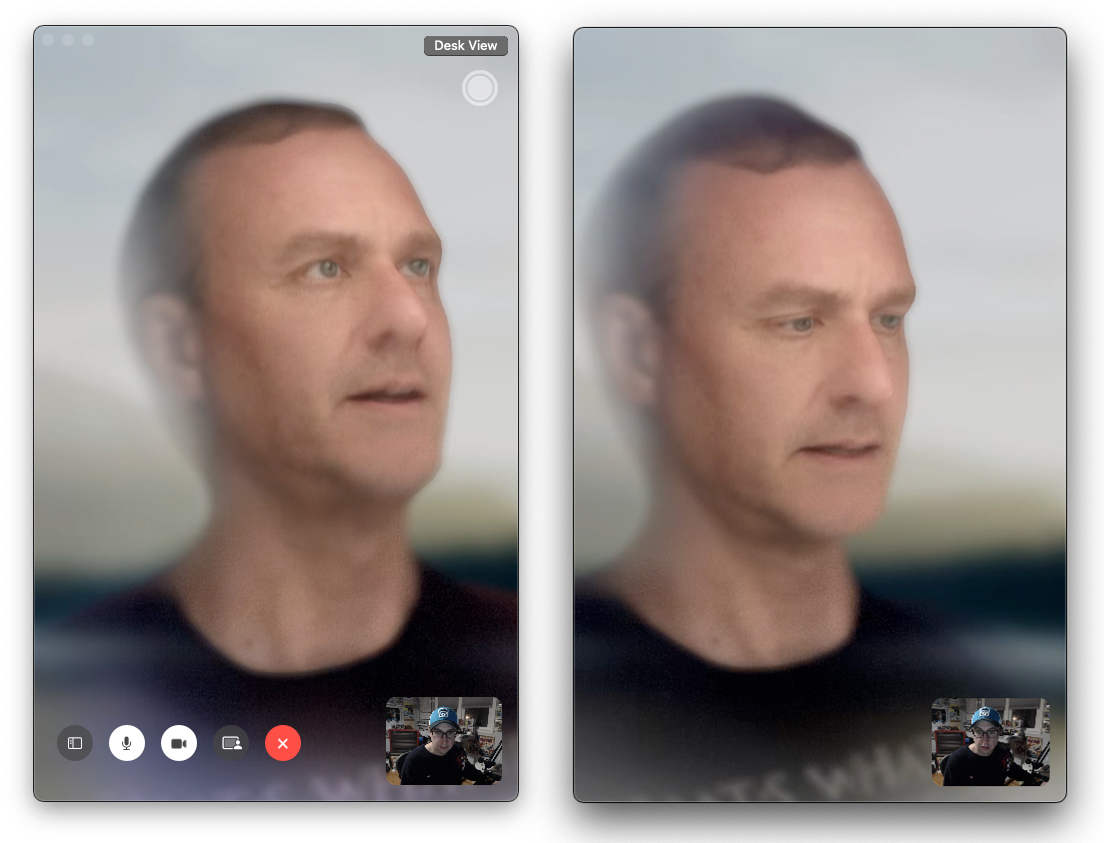 Apple Vision Pro PersonaPersona, the digital representation of yourself during video calls, is currently in beta and needs further refinement.
Apple Vision Pro PersonaPersona, the digital representation of yourself during video calls, is currently in beta and needs further refinement.
The absence of essential apps like Calculator, Weather, Find My, and Contacts, further underscores the software’s incomplete state. The existing iPad version of Maps feels like a missed opportunity for a truly spatial experience.
Productivity Potential Remains Untapped
The Vision Pro’s on-screen keyboard is impractical for extended typing, necessitating a Bluetooth keyboard for serious work. Dictation, while available, is hampered by the cumbersome text selection process. Connecting to a MacBook creates a high-quality virtual display, but the lack of a secondary display option and audio routing limitations restrict its usefulness.
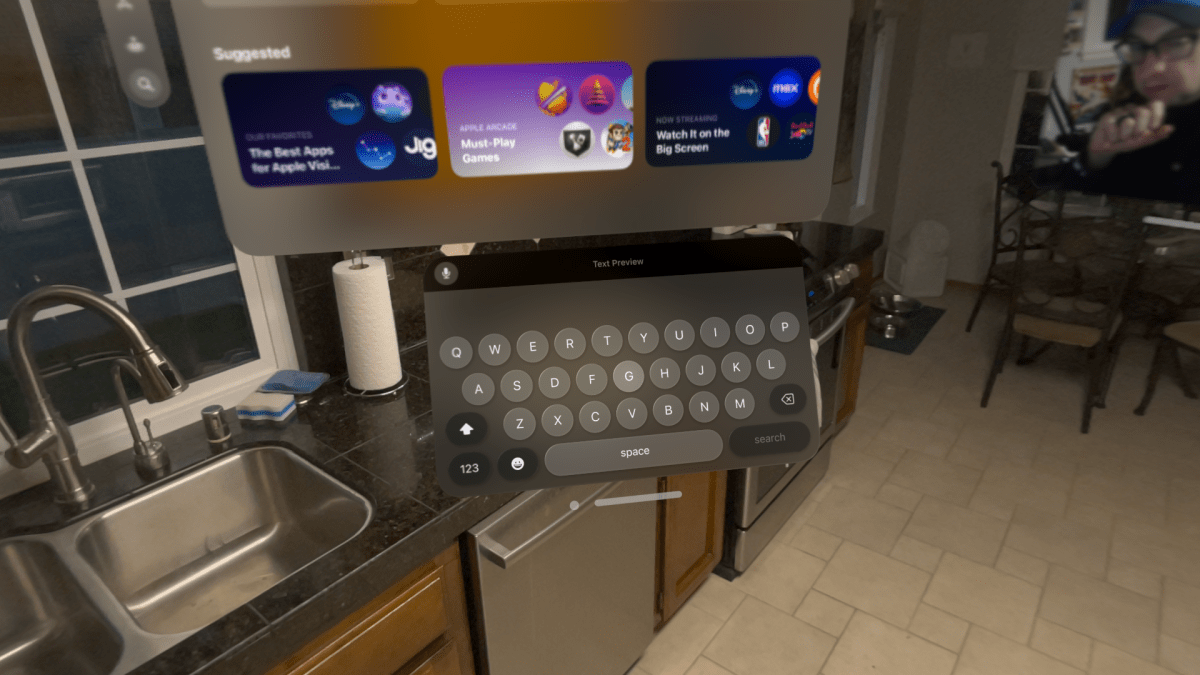 Vision Pro KeyboardThe Vision Pro’s virtual keyboard is inadequate for anything beyond short text entry.
Vision Pro KeyboardThe Vision Pro’s virtual keyboard is inadequate for anything beyond short text entry.
While the ability to interact with multiple floating apps alongside a virtual Mac display initially feels empowering, the limitations of each individual app quickly become apparent. Simple tasks often prove faster and easier on traditional devices.
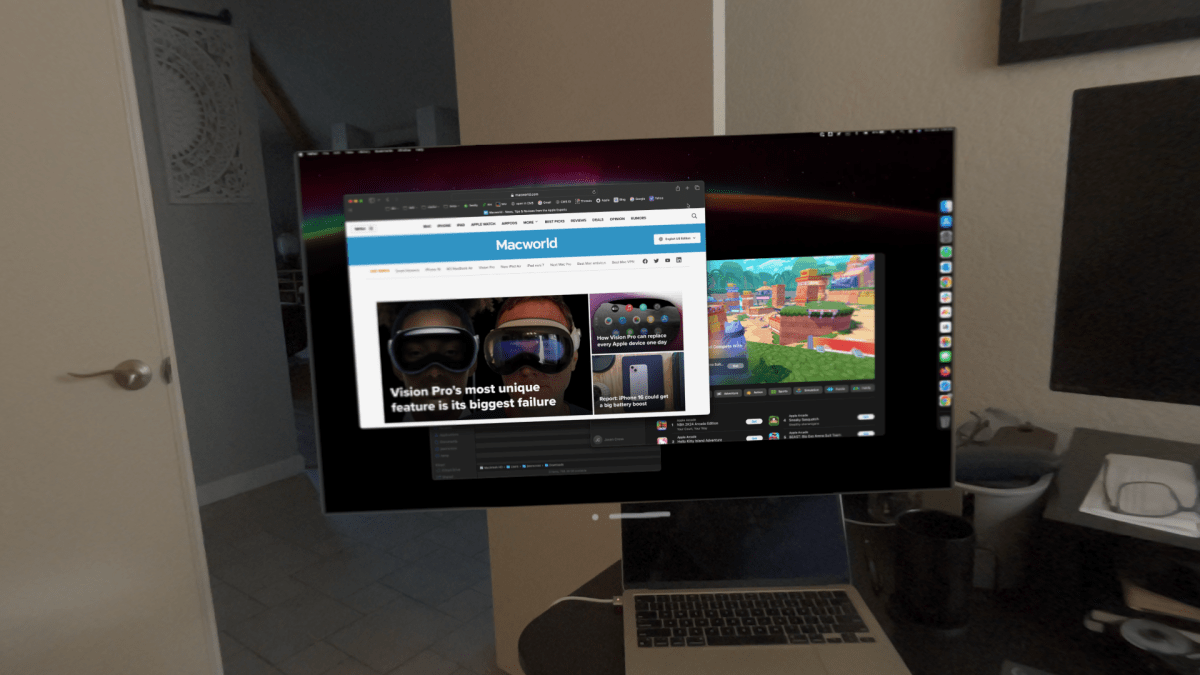 Vision Pro Mac displayUsing the Vision Pro as a large virtual Mac display, while innovative, doesn’t fully replace a dedicated monitor.
Vision Pro Mac displayUsing the Vision Pro as a large virtual Mac display, while innovative, doesn’t fully replace a dedicated monitor.
Immersive Media Consumption, But Isolating
Media consumption is where the Vision Pro shines. The combination of high-quality displays, spatial audio, and precise head and hand tracking creates a delightful viewing experience. Movies, especially in 3D, look spectacular, rivaling the theater experience. Apple’s spatial videos offer glimpses into immersive storytelling, although support for existing 3D 180/360-degree video content is currently limited.
 Virtual TheaterThe potential for shared virtual viewing experiences remains untapped.
Virtual TheaterThe potential for shared virtual viewing experiences remains untapped.
However, the isolating nature of the experience detracts from the social aspect of media consumption. Integrating features like Personas and SharePlay could enable shared virtual viewing experiences, a key area for future development. Capturing spatial videos with the Vision Pro or iPhone 15 Pro offers a unique way to relive memories, potentially the closest thing to a killer feature the device currently has.
Exorbitant Pricing Across the Board
The Vision Pro’s $3,499 price tag, while steep, could be argued given its advanced technology. However, the pricing of accessories and apps is excessive. The $199 price point for accessories like the Travel Case, spare battery, and light seal feels arbitrary and inflated. Even third-party app pricing seems to target a niche, affluent market, hindering the broader adoption of spatial computing.
Looking Ahead: A Roadmap for Improvement
For the Vision Pro to truly succeed, it needs to demonstrate its essential value. Key areas for improvement include: app anchoring to the user, heads-up display widgets, enhanced social features, improved window management and text input, and a wider selection of apps. Hardware improvements are also needed, such as a wider field of view, reduced weight, and enhanced pass-through video quality. Expanding connectivity options, including data transfer via the USB-C port, would unlock further potential.
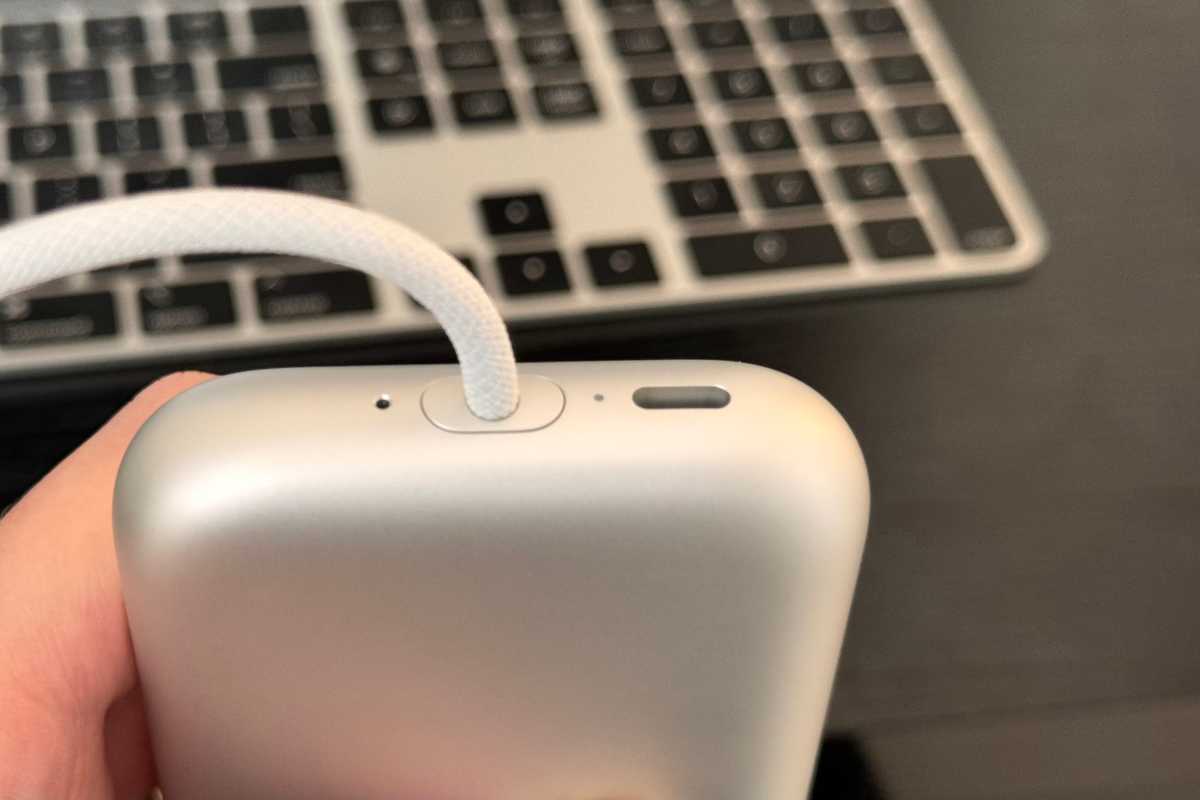 Vision Pro USB-CThe USB-C port on the battery pack should support data transfer in addition to power delivery.
Vision Pro USB-CThe USB-C port on the battery pack should support data transfer in addition to power delivery.
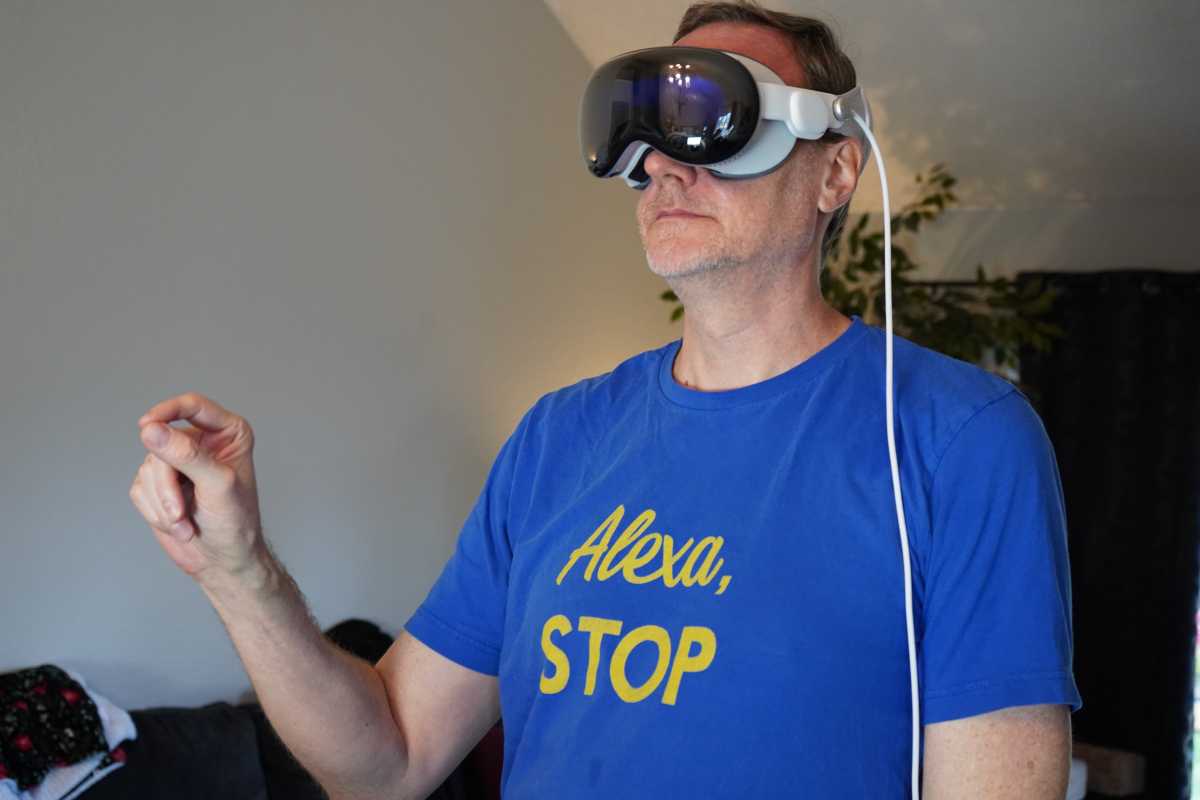 Vision Pro pinchingThe “look and pinch” gesture, while precise, lacks the versatility of multi-touch interfaces.
Vision Pro pinchingThe “look and pinch” gesture, while precise, lacks the versatility of multi-touch interfaces.
The Vision Pro holds immense promise, but its current limitations, coupled with its high price, make it difficult to recommend beyond early adopters. Future software and hardware iterations will be crucial in realizing the full potential of spatial computing and making it a truly transformative technology.



